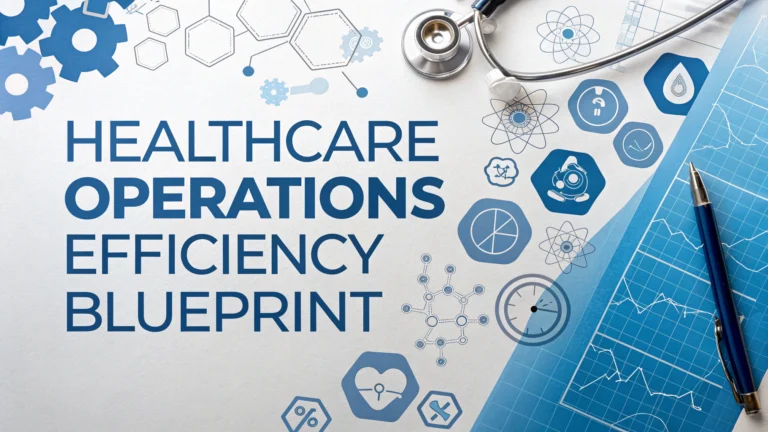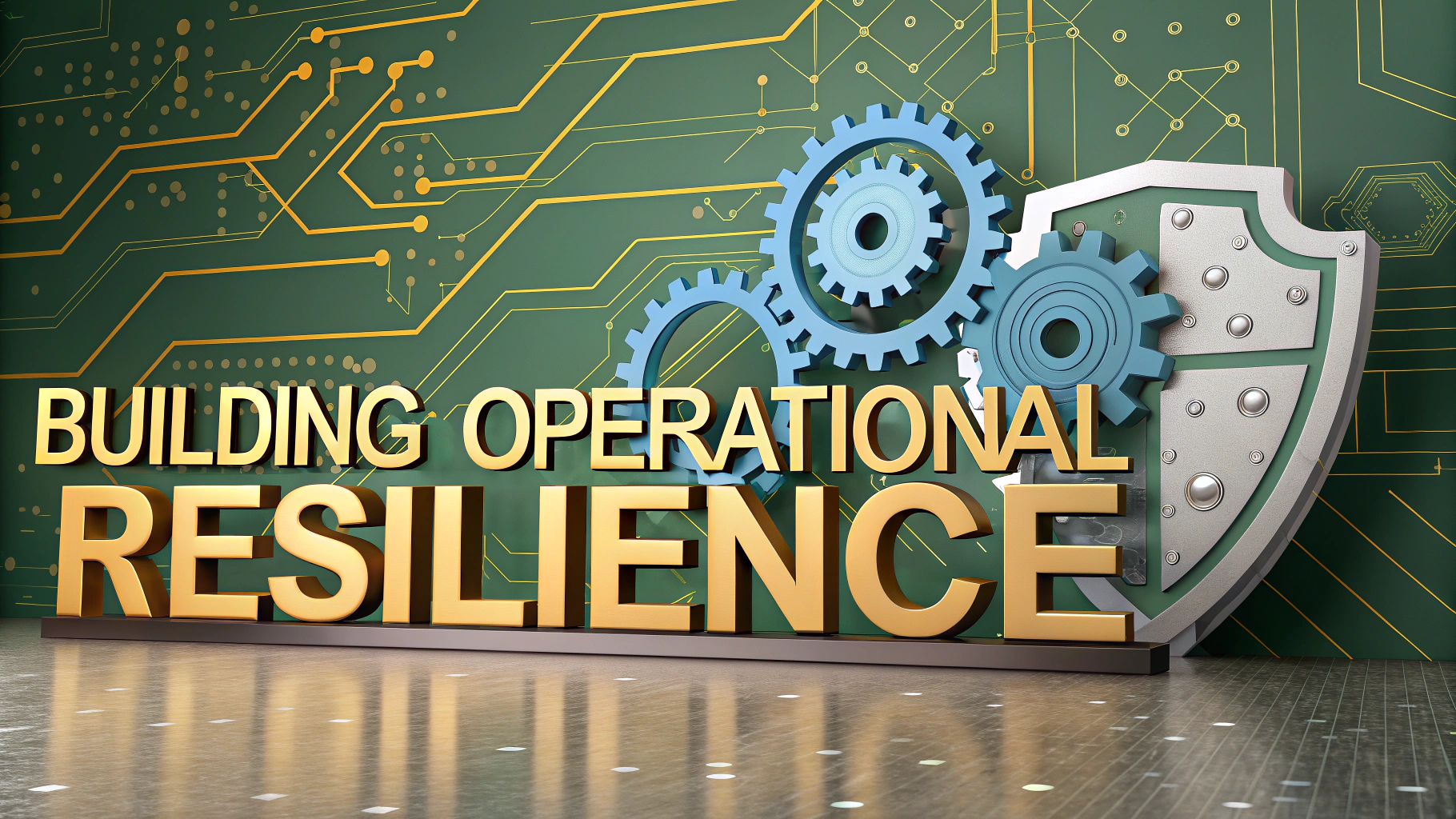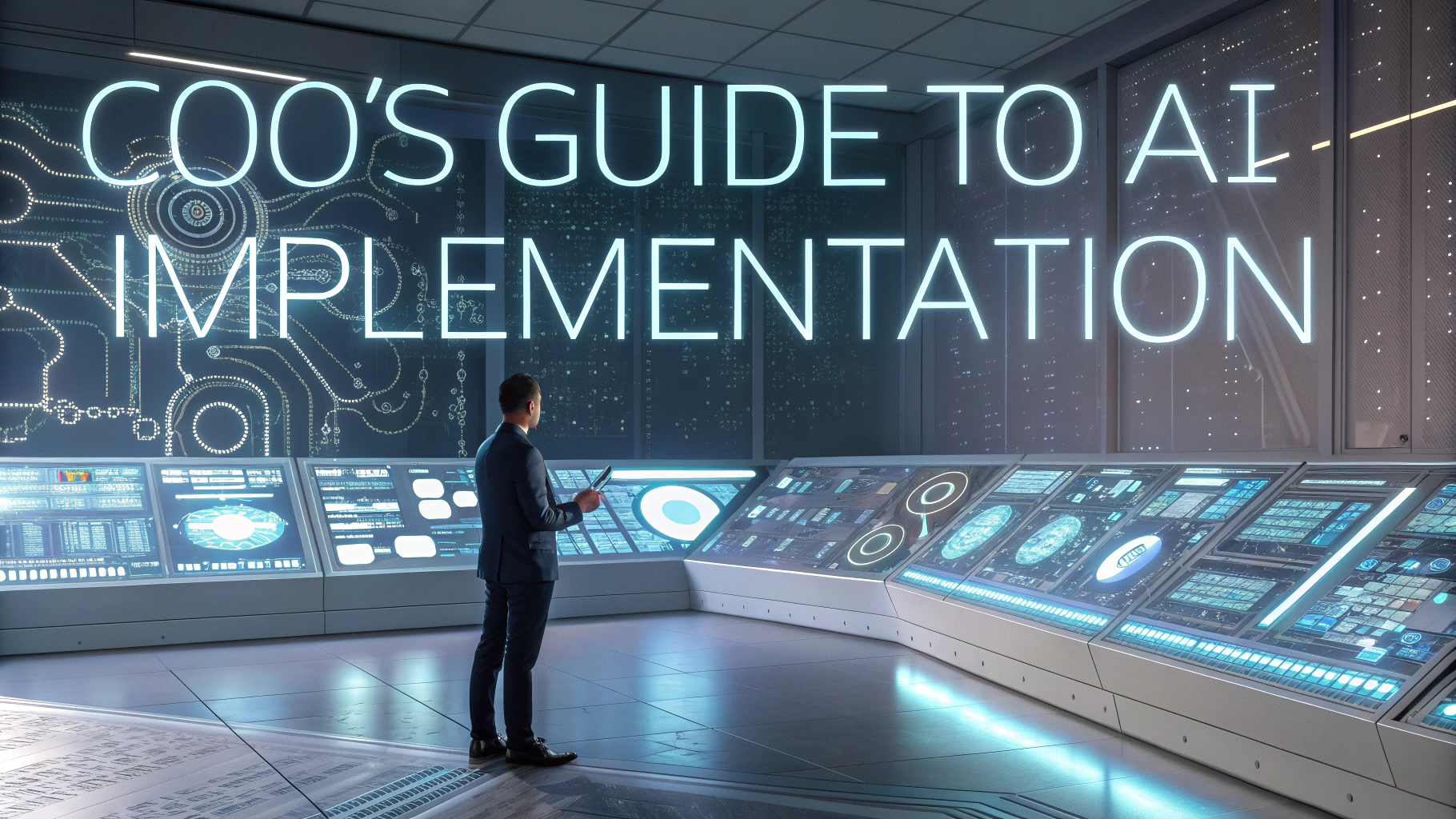Healthcare operations efficiency directly impacts patient care quality, staff satisfaction, and financial performance.
Medical facilities face increasing pressure to deliver excellent care while managing costs and maintaining regulatory compliance.
This guide outlines proven strategies for COOs and healthcare leaders to optimize operational workflows, reduce waste, and enhance patient experiences.
Key Areas for Operational Excellence
- Patient flow management
- Resource allocation
- Staff scheduling
- Supply chain optimization
- Technology integration
- Quality control measures
Patient Flow Optimization
Implement a centralized patient tracking system to monitor real-time bed availability and department capacity.
Use predictive analytics to forecast patient volumes and adjust staffing levels accordingly.
Create standardized discharge protocols to reduce unnecessary delays.
Resource Management Solutions
| Resource Type | Optimization Strategy |
|---|---|
| Equipment | Asset tracking systems, preventive maintenance schedules |
| Staff | Dynamic scheduling, skill-mix analysis |
| Facilities | Space utilization studies, modular design concepts |
Technology Implementation
Select and deploy integrated Electronic Health Record (EHR) systems that streamline documentation and communication.
Implement automated scheduling systems to reduce administrative burden.
Utilize telehealth platforms to expand service delivery options.
Supply Chain Management
- Establish just-in-time inventory systems
- Develop relationships with multiple suppliers
- Implement automated reordering processes
- Track usage patterns to optimize stock levels
Performance Metrics
Monitor these essential KPIs:
- Average length of stay
- Emergency department wait times
- Operating room turnover time
- Patient satisfaction scores
- Staff productivity rates
Staff Engagement and Training
Create clear communication channels between departments and management.
Provide regular training on new technologies and processes.
Implement staff feedback systems for continuous improvement.
Regulatory Compliance
Maintain updated documentation of all operational procedures.
Schedule regular audits of compliance measures.
Partner with quality assurance teams to ensure regulatory standards are met.
Cost Control Measures
- Regular review of vendor contracts
- Energy efficiency programs
- Waste reduction initiatives
- Process automation where applicable
Next Steps for Implementation
Begin with a thorough assessment of current operations using external consultants or internal audit teams.
Develop a phased implementation plan with clear milestones and accountability measures.
For additional support, contact healthcare operations consultants through organizations like the American College of Healthcare Executives (ACHE) at www.ache.org.
Quality Assurance Programs
Establish comprehensive quality control protocols across all departments.
Implement regular safety rounds and incident reporting systems.
Develop peer review processes for clinical outcomes assessment.
Patient Experience Enhancement
- Digital check-in systems
- Wayfinding technologies
- Patient portal access
- Follow-up care coordination
Data Analytics and Reporting
Utilize advanced analytics tools to track operational metrics.
Generate automated performance reports for stakeholders.
Implement predictive modeling for resource planning.
Key Analytics Focus Areas
- Financial performance indicators
- Clinical outcomes data
- Patient satisfaction metrics
- Operational efficiency measures
Emergency Preparedness
Develop comprehensive disaster response protocols.
Maintain emergency supply reserves.
Conduct regular staff emergency response training.
Driving Healthcare Excellence Forward
Successful healthcare operations optimization requires ongoing commitment to improvement and adaptation to changing healthcare landscapes.
Focus on building resilient systems that can adapt to future healthcare demands while maintaining quality care standards.
Engage all stakeholders in the continuous improvement process to ensure sustainable operational excellence.
- Regular assessment of implemented strategies
- Continuous staff development programs
- Proactive approach to emerging healthcare trends
- Investment in innovative solutions
FAQs
- What are the key components of a healthcare operations efficiency blueprint?
Patient flow optimization, resource allocation, staff scheduling, quality metrics tracking, cost control measures, technology integration, regulatory compliance, and continuous improvement processes. - How can healthcare organizations measure operational efficiency?
Through key performance indicators (KPIs) including patient wait times, length of stay, bed turnover rates, resource utilization rates, staff productivity metrics, and financial performance indicators. - What role does technology play in improving healthcare operations efficiency?
Technology enables electronic health records (EHR) integration, automated scheduling systems, predictive analytics for patient flow, inventory management systems, and real-time performance monitoring dashboards. - How can hospitals optimize patient flow without compromising care quality?
By implementing structured admission and discharge processes, utilizing bed management systems, establishing care coordination teams, and employing predictive analytics for capacity planning. - What strategies can reduce operational costs while maintaining quality standards?
Implementing lean management principles, standardizing supply chain processes, optimizing staff scheduling, reducing unnecessary procedures, and improving inventory management systems. - How does staff scheduling impact operational efficiency?
Proper staff scheduling ensures appropriate coverage, reduces overtime costs, prevents burnout, maintains compliance with labor laws, and ensures optimal patient-to-staff ratios. - What are the common challenges in implementing an operations efficiency blueprint?
Resistance to change, legacy system integration issues, budget constraints, regulatory compliance requirements, staff training needs, and maintaining service quality during transformation. - How can healthcare organizations ensure sustainable efficiency improvements?
By establishing continuous monitoring systems, regular performance reviews, staff feedback mechanisms, ongoing training programs, and adaptive improvement strategies based on data analysis. - What role does data analytics play in healthcare operations efficiency?
Data analytics enables predictive modeling, identifies bottlenecks, optimizes resource allocation, tracks performance metrics, and supports evidence-based decision-making. - How can emergency department operations be optimized for efficiency?
Through triage system optimization, fast-track protocols for low-acuity patients, proper staff allocation, efficient bed management, and integrated communication systems.







